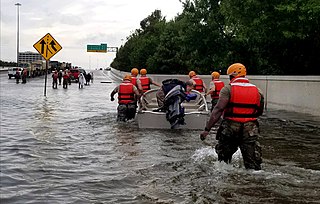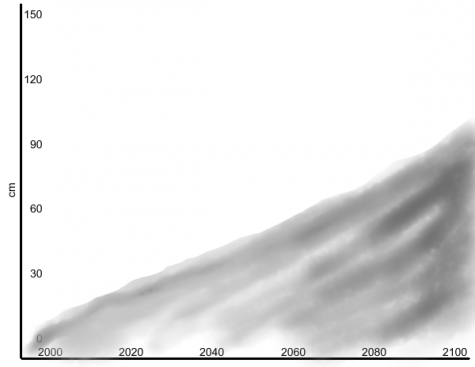Worldwide: Carbon Emissions
Fast Facts
- In 2016, the amount of carbon dioxide in Earth’s atmosphere was the highest it’s been in 3 million years.
- 11 percent of deforestation has been caused by greenhouse gases. These are gases in the atmosphere which absorb and emit energy that are caused by humans.
- Areas of coastal regions larger than New York City are destroyed every year, which causes carbon dioxide to be released into the atmosphere.
- It would take $140 billion a year to make changes that would help humans adapt to the warming globe.
In America: Weather Patterns
The CSSR, or Climate Science Special Report taken by the U.S. Global Change Resource Program,
 recently posted a study showing how ocean levels will continue to rise and severe weather patterns w
recently posted a study showing how ocean levels will continue to rise and severe weather patterns w
ill become more intense. A recent example of this would be the many hurricanes the United States experienced this past year. According to the study, the number of disastrous hurricanes will continue to increase coming from the Pacific and Atlantic oceans in the near future, along with rising sea levels, intense heat waves, record breaking high temperatures, and more severe heavy rainfall.
In Oregon: Sea Levels Rise
Although many don’t think climate change will affect the Mid Valley, recent research has shown how the flooded coasts and an increase in wildfires, located in the Cascades, will affect not only the well-known landscape

Projected rise in sea level data through 2100, according to the National Academy of Sciences
of Oregon, but also indigenous people, and Oregon’s economy. According to the third Oregon assessment report, Native American communities and Oregon’s economy could significantly be harmed by a decrease in snow in Eastern Oregon — causing a warming up of rivers and streams that will limit the route of certain kinds of trout and salmon. The affects of climate change are already taking place. According to the report previously mentioned, in 2015, the lack of snowfall in the Cascades were the starting point of the many wildfires and drought along the Pacific Northwest. Diseases also thrive in warmer climates, which is already taking place in forests located in the Pacific Northwest. The sea level rise has been calculated to be about 12-47 inches in Newport, which may cause many residents to relocate.
In the Mid Valley: Plan Book
The threat climate change has on crops has provoked many people across the mid valley to make a change. Eugene has had a climate change plan implemented since 2010 and Corvallis has been working on a plan since 2015. Albany put a Natural Hazard plan in place January 2016 that added in the dangers of climate change into the plan book. Rising temperatures, change in species routes, drought, and increase of wildfires are posing a threat to our community; but Albany’s plan includes evaluating city escape routes, updating emergency notification systems, and undergoing a seismic vulnerability test. Albany’s plan can be found on the City of Albany website.


